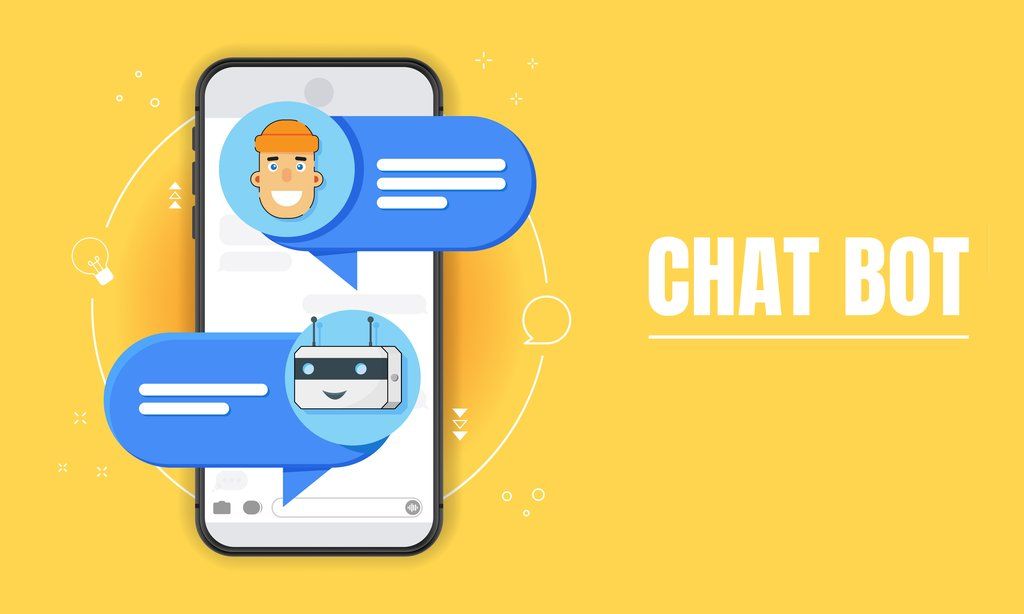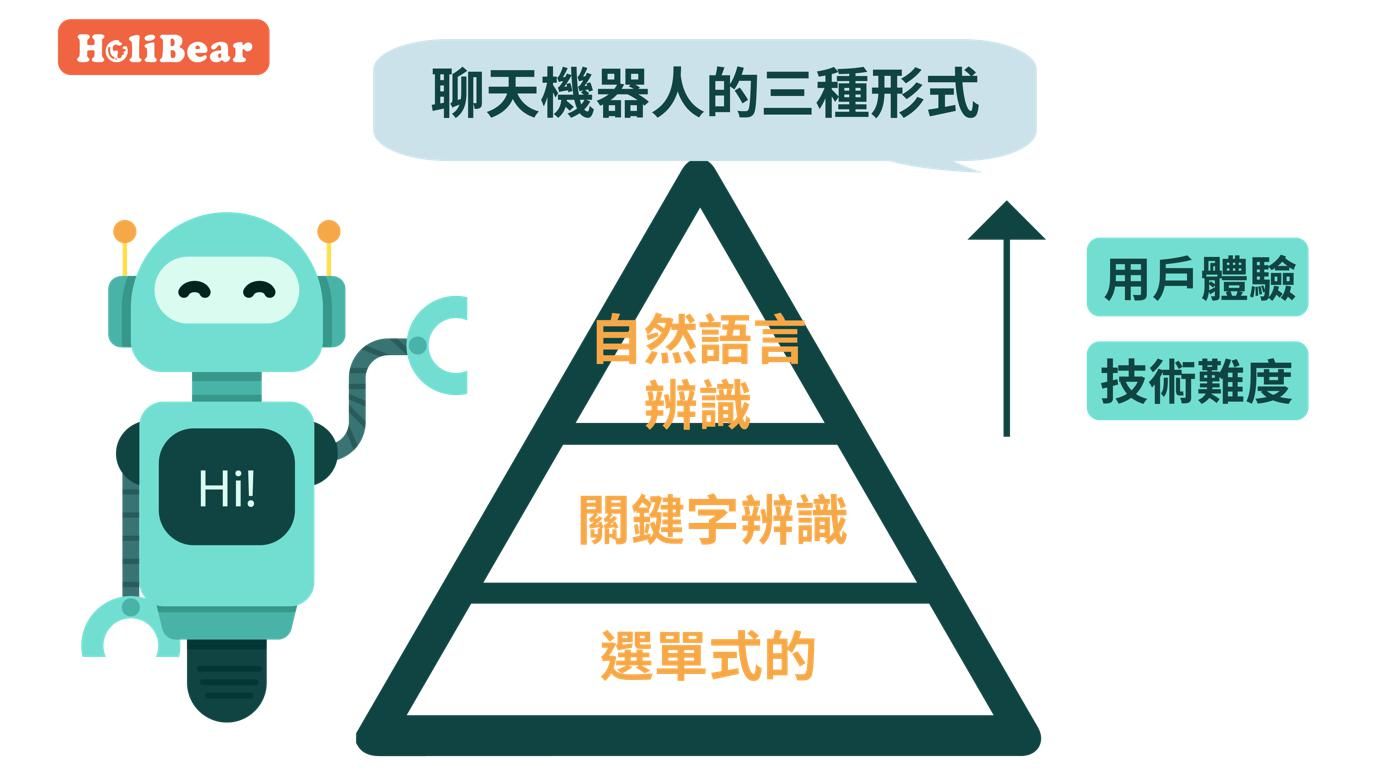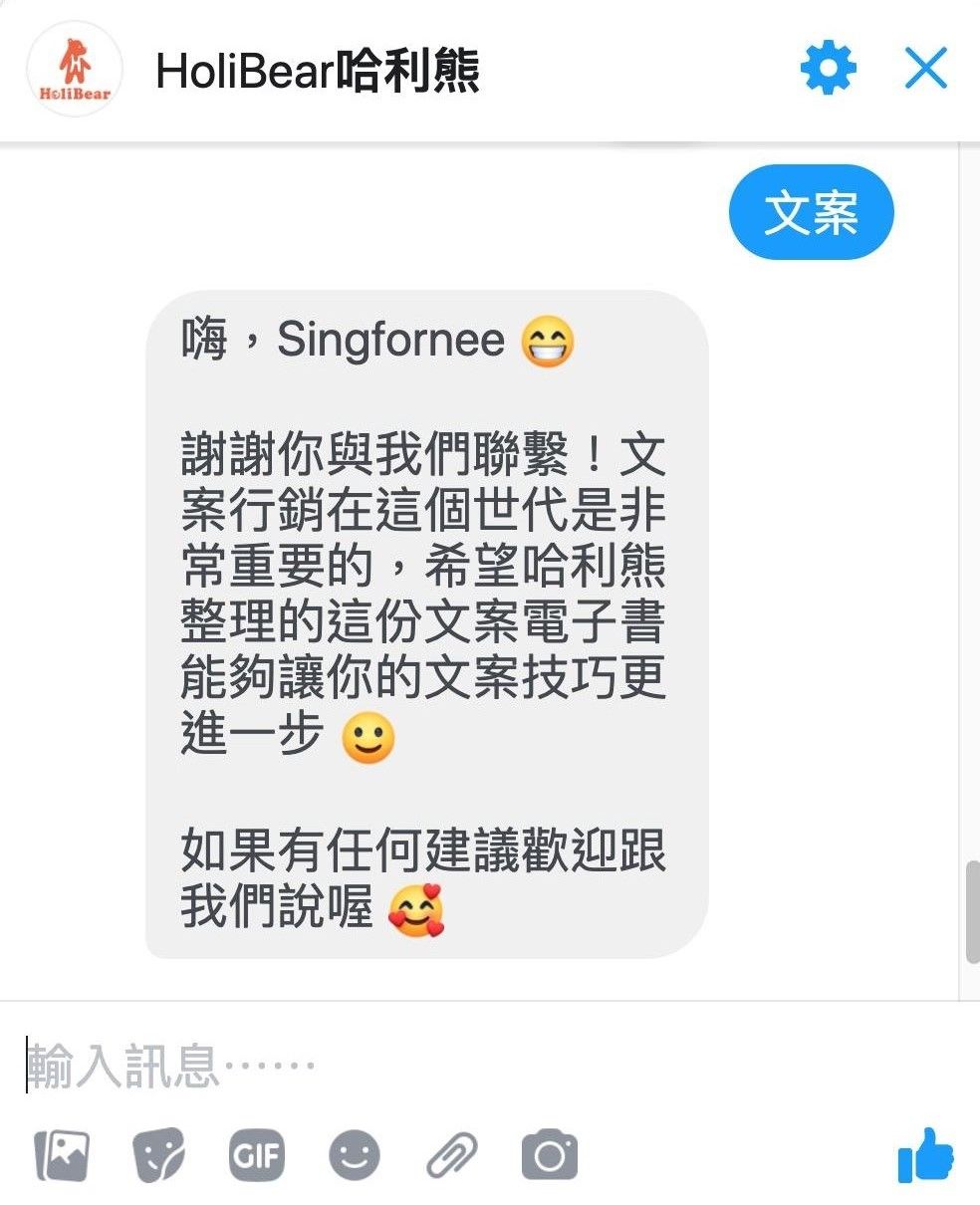Chatbot types: menu, keyword recognition, natural language recognition, how to choose and apply?
Chatbot Chatbots are the emerging buzzword in internet marketing, but how much do you know? There are many kinds of chatbots that are widely used today, with different appearances, different forms, and different functions. Do you know what are the three main forms of chatbots? How to choose and apply it?
HoliBear - Conversational Marketing

Chatbot Chatbots are the emerging buzzword in internet marketing, but how much do you know? There are many kinds of chatbots that are widely used today, with different appearances, different forms, and different functions. Usually, basic chatbots are enough for most brands to use in digital marketing, but some brands and application scenarios may require Use more advanced chatbots.
Three Forms of Chatbots

1. Menu/buttons Chatbot
Menu-based chatbots are the most common form of bots on the market today. They are somewhat similar to menus on mobile phones. Each menu is linked to a different built-in message to better understand customer needs step by step. Menu-based chatbots are best for FAQs, but are at a disadvantage for more complex or in-depth questions. In addition, menu-based chatbots are relatively weak in allowing customers to obtain accurate information, but they are the easiest to implement in technology and the least error-prone in practice.
Our Harry Bear is a chatbot that mainly uses a menu.

But in fact, we also have combined keyword recognition.
2. Keyword-based Chatbot
Unlike menu-based chatbots, keyword-aware chatbots can recognize what the user has typed and respond based on keywords.
For example, our Harry Bear's facebook messenger chatbot has a hidden secret keyword. When you say "copywriting" to him, our Harry Bear will automatically send a free marketing copywriting book with beautiful packaging and rich content. eBook for you. (Editor's note: If you find the e-book content helpful, you can come here to request more e-book content:)

But this kind of chatbot also has its disadvantages. There is no way to further analyze different semantics. For example, if you want to ask Harry Bear if there is a service about "copywriting" today, our answer may not be satisfactory. . (Hey! At this time, as long as you private message the editor, we will still give you a satisfactory answer.)
That's right, just like what Harry Bear uses, in fact, most chatbots now make good use of the above two forms, providing users with different options, allowing them to enter the desired question by themselves, or directly use the built-in menu.
3. Natural Language Recognition (Contextual Chatbot)
Natural language recognition chatbots are the most advanced of the three forms, and have the best customer experience, but they are also the most technically difficult. These chatbots use machine learning and artificial intelligence (AI) technologies to remember conversational messages relevant to a specific user and to continuously learn and grow over time. Unlike keyword-recognition chatbots, natural language-recognition bots can learn and improve themselves based on what users ask and how they ask.
To maximize the benefits of natural language recognition chatbots, data must be at the core.
For example, a natural language recognition robot in a restaurant can store the conversation information of each user and learn the products that users are used to. When the user has a conversation with the robot here, the robot can directly display their most frequently ordered products, shipping addresses, etc., and ask the user whether to re-order directly. This saves a lot of customer service time and costs!
Which one to use?
So, which chatbot is best for your brand? Before deciding, you can stand in your customer's shoes and think about what value they want from your chatbot? Does the presence or absence of a dialogue format significantly affect this value? If not, it is recommended that brands do not need to invest time and resources to develop chatbots for natural language recognition. Another thing to note is that you also need to take the user's habits into account. Compared with an open chat environment, some users prefer to use a "menu-style" chat system to guide them to their final goal.
The most suitable chatbot is definitely the one that best fits the user's value proposition. In some cases, it may be necessary to use some deep AI learning techniques, but for most brands, a menu-style chatbot is enough!
If you want to know how Harry Bear installed a chatbot, let's see how to install a chatbot with ManyChat .
Like my work? Don't forget to support and clap, let me know that you are with me on the road of creation. Keep this enthusiasm together!

- Author
- More